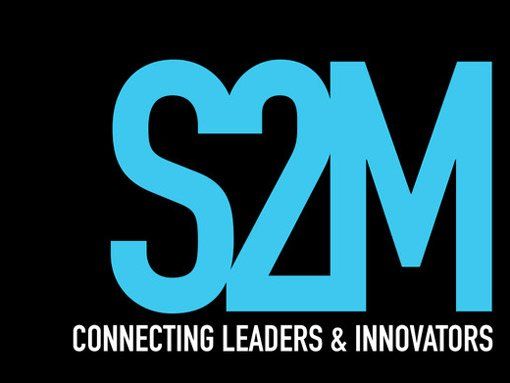To Affinity, and Beyond: A guide to using Affinity for AdWords
While Search Engine Marketing has been around for the last 20 years, the way we conduct campaigns is constantly evolving. Only a few years ago did it seem like AdWords was under threat from the rise of social media (which of course we now know that social media strengthens AdWords).
The challenges around building an AdWords campaign in 2018 isn’t around the effectiveness of clickfunnels, or even in finding the key phrases to attach your product to. Gone are the days when simply dominating the key phrase associated with your product was the be all and end all of a targeted SEM campaign. No, in actual fact it looks like the biggest challenge to AdWords campaigns is in building brand affinity.
What happened to intention building on AdWords?
Intention has become so synonymous with AdWords that most digital marketers can’t think outside of the intention box.
Nothing really happened to intention. It is still the most effective fundamental approach to running an AdWords campaign. Completely doing away with using audiences built around intention is like watching a football game and electing to not play defence. In the same way “defence wins championships”, dedicating a significant portion of digital campaign budget to people searching with the intention to purchase wins market share.
Why use AdWords to build brand Affinity?
Firstly, let’s define what is meant by AdWords for affinity.
AdWords campaigns are usually run on the premise that the audience for your ad wants to immediately engage with your product when they make their search. For example, if I was to search for the term “best photography Sydney”, a typical campaign would return a result that contains a specific offer, such as “book now for just $75”. In this way, the campaign is built around my assumption of intention to purchase, which may or may not be true, but it isn’t my only reason for searching.
Affinity for AdWords involves placing your brand first instead of your product. Affinity, by definition is the process of building a feeling of closeness and understanding between people due to a shared set of values, qualities, ideas, interests, etc.
Building affinity with AdWords simply means presenting a different landing page for your campaign instead of a page that shows the product right away. A lot of people would find the process of seeing your product straight away to be quite daunting. Running an affinity campaign with AdWords won’t just help build up your brand, but it has many more benefits down the line once the customer is ready to make a purchasing decision.
How can you prove affinity works for AdWords?
Affinity building as a strategy is as old as the hills. AdWords is just the medium to do it.
Almost all advertising falls into either one of two categories: Pushing products or pushing brands. By pushing brand over product, not only is your brand better differentiated in a crowded AdWords market, but it is more likely to generate a better net promoter score from the customer being aligned to your brand.
If intention isn’t working, try affinity. You just might make your






